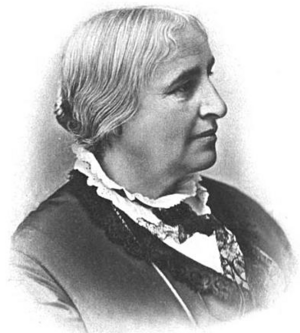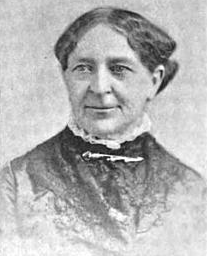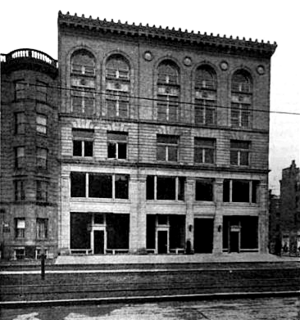New England Women's Club facts for kids
The New England Women's Club was a very early and important club for women in Boston, Massachusetts. It started in May 1868. This club was one of the first two women's clubs in the whole United States, forming just a few months after a club called Sorosis in New York City.
Contents
History of the Club
Important women like Harriet Hanson Robinson, who helped start the National Woman Suffrage Association of Massachusetts, and Caroline Severance, who fought for women's right to vote, worked with Julia Ward Howe to create this club.
Starting the Club
In 1868, the club found its first meeting rooms behind the famous Tremont House in Boston. On May 30, 1868, the club had its first public meeting at Chickering Hall. The club officially became a company in 1887. Many women signed the papers to make it official, including Sarah H. Bradford and Ednah Dow Littlehale Cheney. By 1893, the club had about 340 members. Josephine St. Pierre Ruffin, a publisher and activist, was the first African-American woman to join the club in the mid-1890s.
Who Could Join?
Even though the club was mostly run by and for women, men were allowed to join too. Some famous men attended the first meeting. These included Ralph Waldo Emerson, James Freeman Clarke, and Thomas Wentworth Higginson. Emerson, Clarke, and Higginson later became members of the club.
Club Activities and Goals
At that time, Boston had a few other clubs for women. These clubs were for people interested in learning and helping others. The main goal of the New England Women's Club was to "provide a suitable place of meeting in Boston." It also aimed to "promote social enjoyment and general improvement" for its members.
The club had different committees to manage its activities. These committees focused on "Art and Literature," "Discussions," "Education," and "Work." Every week, the club held "Monday Teas" where members could gather. In its first year, the club even started a school for gardening.
Famous Speakers
The club often hosted lectures. Both club members and invited guests gave talks. Many famous people spoke at the club in its early years. Some of these speakers included Louis Agassiz, Ralph Waldo Emerson, Annie Adams Fields, William Lloyd Garrison, and Oliver Wendell Holmes Sr..
Club Buildings
Around 1903, the club moved its main office. It moved from Park Street to the new New Century Building. This building was on Huntington Avenue and was designed by Josephine Wright Chapman. In 1909, the club moved again. This time, it moved to the new Chauncy Hall Building at 585 Boylston Street. The club was still located there as late as 1922.
Notable Members
- Ednah Dow Littlehale Cheney
- Adelaide Avery Claflin
- Sarah Stoddard Eddy
- Julia Ward Howe
- Harriet Ann Jacobs
- Rebecca Richardson Joslin
- Mary Livermore
- Lucretia Mott
- Elizabeth Palmer Peabody
- Harriet Hanson Robinson
- Josephine St. Pierre Ruffin
- Caroline Severance
- Harriet Winslow Sewall
- Lucy Stone
- May Alden Ward
- Kate Gannett Wells
External Links
- Harvard University New England Women's Club. Records, 1843-1970: A Finding Aid.
- Boston Athenaeum. Dickens party at the New England Woman’s Club, 1905; photo by Elmer Chickering. This photo shows club members dressed as characters from Charles Dickens' novels. A note on the back identifies some members, including Mrs. Julia Ward Howe, who founded the club.




